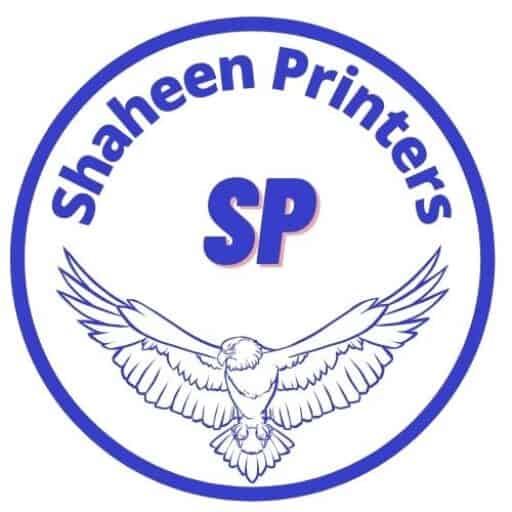In recent years, 3D printing has revolutionized various industries, and one of the most exciting areas of innovation is its application in medicine. Traditional medical practices have witnessed a paradigm shift with the advent of 3D printing technology. This article explores the innovative uses of 3D printing in medical applications, shedding light on how this groundbreaking technology is transforming healthcare as we know it.
Introduction
3D printing, also known as additive manufacturing, involves creating three-dimensional objects by layering materials on top of each other. In the medical field, this technology has transcended its initial use in creating anatomical models for surgical planning. It has evolved to address a multitude of healthcare challenges.
Custom Implants and Prosthetics
One of the most remarkable applications of 3D printing in medicine is the customization of implants and prosthetic devices. By using patient-specific scans, medical professionals can design and produce implants that perfectly fit an individual’s unique anatomy. This innovation significantly improves patient comfort and reduces the risk of complications.
Patient-Specific Surgical Planning
Surgeons are now utilizing 3D-printed anatomical models for intricate procedures. These models allow for preoperative planning, enabling surgeons to visualize the patient’s anatomy in detail. This not only enhances surgical precision but also reduces operating time and the associated risks.
Anatomical Models for Education
Medical education has benefited immensely from 3D printing technology. Students and healthcare professionals can now have access to accurate, three-dimensional anatomical models for training and research purposes. This hands-on approach to learning greatly enhances understanding and retention of complex medical concepts.
Drug Delivery Systems
Customized drug delivery systems are emerging as a game-changer in patient care. 3D printing enables the production of drug-loaded implants that release medication gradually, ensuring precise dosing and reducing the need for frequent administration.
Dental Applications
Dentistry has embraced 3D printing for the fabrication of crowns, bridges, and even dental implants. This technology allows for the creation of highly precise and aesthetically pleasing dental restorations.
Orthopedic Innovations
In orthopedics, 3D printing has paved the way for personalized implants and joint replacements. Patients with complex orthopedic conditions can now receive implants designed specifically for their unique needs.
Tissue Engineering
Researchers are exploring the potential of 3D printing in tissue engineering. This involves creating artificial tissues and organs using biocompatible materials. While it’s still in its infancy, this field holds promise for addressing the organ shortage crisis.
Creation of Medical Instruments
3D printing has enabled the production of specialized medical instruments, some of which were previously difficult or expensive to obtain. These instruments are tailored to specific medical procedures, increasing efficiency and precision.
Innovations in Hearing Aids
Hearing aids have become smaller, more comfortable, and highly customized thanks to 3D printing. Patients can now enjoy improved hearing without the discomfort associated with traditional hearing aids.
3D Printing in Organ Transplants
Although it’s a challenging endeavor, scientists are researching the use of 3D printing to create functional organs for transplantation. While this is still in the experimental phase, it holds the potential to save countless lives in the future.
Cosmetic and Reconstructive Surgery
Plastic surgeons are using 3D printing to plan and execute complex reconstructive procedures. This technology allows for precise replication of a patient’s anatomy, resulting in better aesthetic outcomes.
Low-Cost Medical Devices for Developing Nations
3D printing has the potential to address healthcare disparities by enabling the production of low-cost medical devices. This can greatly benefit underserved communities in developing nations.
Biofabrication and Organ Printing
Biofabrication techniques are advancing rapidly, with scientists working on creating functional tissues and organs. While challenges remain, this field offers hope for patients awaiting organ transplants.
Regulatory Challenges and Future Prospects
As 3D printing in medicine continues to evolve, regulatory bodies face the challenge of developing comprehensive guidelines. However, the potential benefits far outweigh the challenges, and we can expect further groundbreaking innovations in the near future.
Conclusion
Innovative uses of 3D printing in medical applications are transforming healthcare on multiple fronts. From customized implants to the creation of artificial organs, this technology is improving patient outcomes, reducing costs, and expanding access to medical care.
FAQs
Is 3D printing safe for medical applications?
Yes, when used appropriately and under proper regulation, 3D printing is safe for various medical applications.
How is 3D printing revolutionizing organ transplantation?
3D printing is being researched to create organs for transplantation, potentially addressing the shortage of donor organs.
Are there any limitations to 3D printing in medicine?
Some challenges include regulatory hurdles and the need for further research in bio fabrication.
Can 3D printing help reduce healthcare costs?
Yes, 3D printing can reduce costs by customizing implants and devices, as well as creating low-cost medical equipment.

